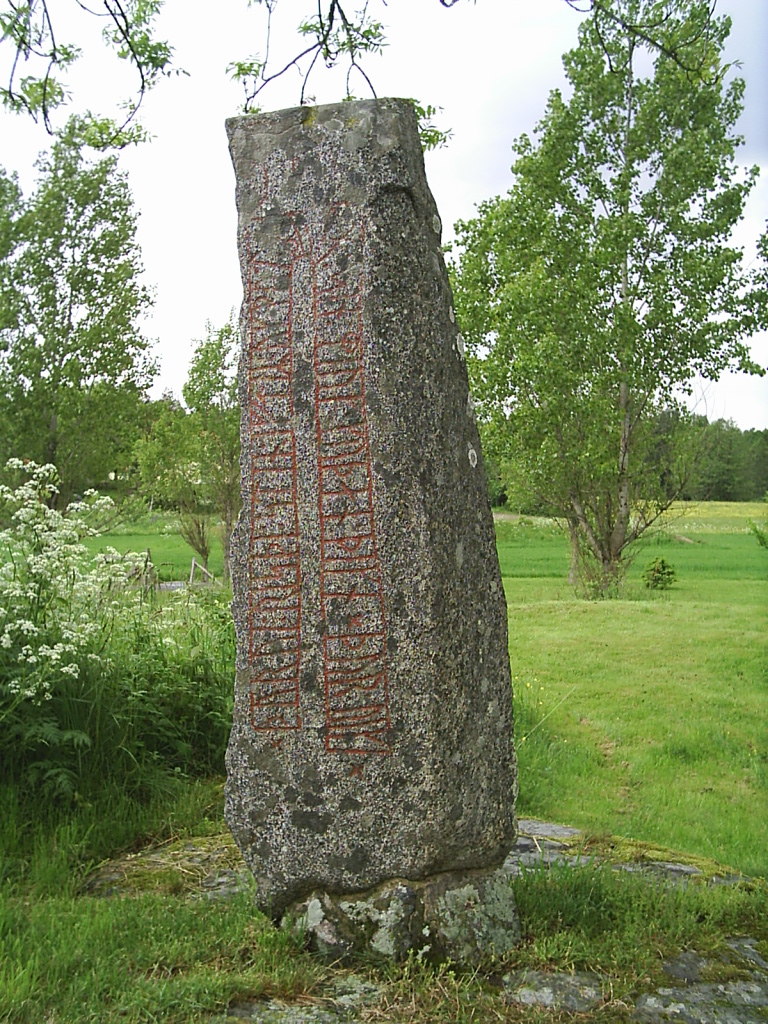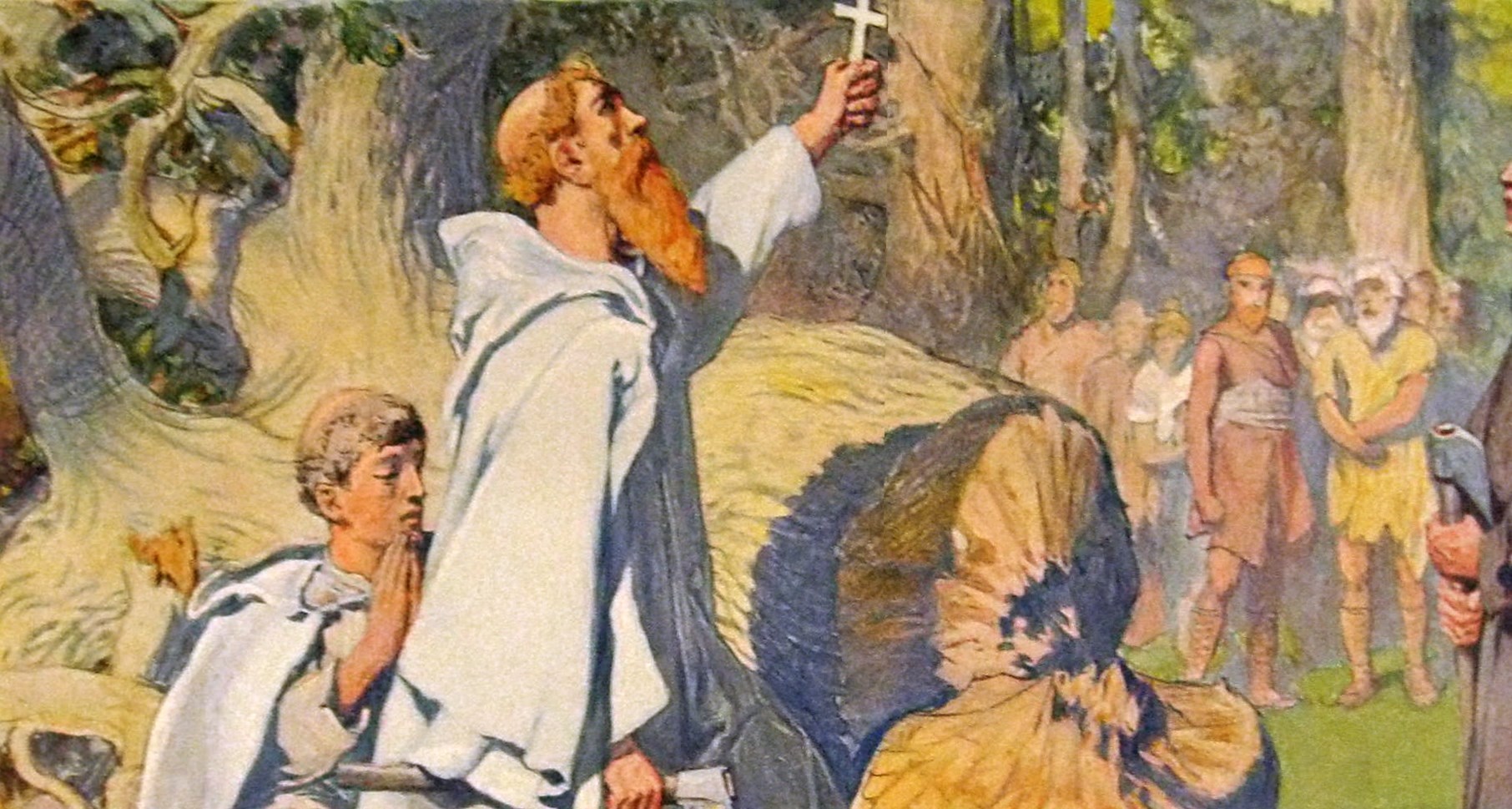|
Danish Runic Inscription 110
DR 110, or the Virring stone, is a runestone made of granite that measures in height, in width and in thickness. It is written in Old East Norse in the Younger Futhark, and the runestone style is in a form called RAK. It was discovered in 1865 being used as the threshold for the church porch in the church of Virring in Denmark.Danske Runeindskrifter - entry for Virring-sten. It is tentatively dated to the period 900-960 based on the runes and the language. It had been severely worn down so many runes are missing. A peculiarity in the inscription is the m rune which has a rounded top( [...More Info...] [...Related Items...] OR: [Wikipedia] [Google] [Baidu] |
Sweden
Sweden, formally the Kingdom of Sweden, is a Nordic countries, Nordic country located on the Scandinavian Peninsula in Northern Europe. It borders Norway to the west and north, and Finland to the east. At , Sweden is the largest Nordic country by both area and population, and is the List of European countries by area, fifth-largest country in Europe. Its capital and largest city is Stockholm. Sweden has a population of 10.6 million, and a low population density of ; 88% of Swedes reside in urban areas. They are mostly in the central and southern half of the country. Sweden's urban areas together cover 1.5% of its land area. Sweden has a diverse Climate of Sweden, climate owing to the length of the country, which ranges from 55th parallel north, 55°N to 69th parallel north, 69°N. Sweden has been inhabited since Prehistoric Sweden, prehistoric times around 12,000 BC. The inhabitants emerged as the Geats () and Swedes (tribe), Swedes (), who formed part of the sea-faring peopl ... [...More Info...] [...Related Items...] OR: [Wikipedia] [Google] [Baidu] |
Rundata
The Scandinavian Runic-text Database () is a project involving the creation and maintenance of a database of transliterated runic inscriptions. The project's goal is to comprehensively catalog runestones in a machine-readable way for future research. The database is freely available via the Internet with a client program, called Rundata, for Microsoft Windows. For other operating systems, text files are provided or a web browser can be used to interact with the web applicatioRunor History The origin of the Rundata project was a 1986 database of Swedish inscriptions at Uppsala University for use in the Scandinavian Languages Department. At an international runic seminar in 1990, it was proposed to expand the database to cover all Nordic runic inscriptions, but funding for the project was not available until a grant was received in 1992 from the ''Axel och Margaret Ax:son Johnsons'' foundation. The project officially started on January 1, 1993 at Uppsala University. After 1997, th ... [...More Info...] [...Related Items...] OR: [Wikipedia] [Google] [Baidu] |
Sønder Kirkeby Runestone
The Sønder Kirkeby Runestone, listed as runic inscription DR 220 in the Rundata catalog, is a Viking Age memorial runestone that was discovered in Sønder Kirkeby, which is located about 5 kilometers east of Nykøbing Falster, Denmark. Description The Sønder Kirkeby Runestone has been known to Danish antiquarians since 1802 when it was discovered in the northwest wall of the church in Sønder Kirkeby. Before the historical significance of runestones was understood, they were often reused as building materials in the construction of roads, bridges, and buildings. The stone was removed by the Danish Antiquarian Commission in 1811, and it is currently on display at the National Museum of Denmark in Copenhagen. The runestone, which is 0.79 meters in height, is known locally as the ''Sønder Kirkeby-stenen''. The inscription consists of four lines of runic text in the younger futhark that are below the image of a ship. Portions of the inscription and the ship image are damaged, which ... [...More Info...] [...Related Items...] OR: [Wikipedia] [Google] [Baidu] |
Glavendrup Stone
The Glavendrup stone, designated as DR 209 by Rundata, is a runestone on the island of Funen in Denmark and dates from the early 10th century. It contains Denmark's longest runic inscription and ends in a curse. Description The runestone forms the end of a stone ship. There are other megaliths in the vicinity, including memorial stones with Latin characters from the early 20th century. In the stone ship, nine graves have been found, but they were all empty. The runestone was discovered when sand was quarried in the area in 1794, and it was saved in 1808 by the archaeologist Vedel Simonssen when stonemasons wanted to buy it. The last restoration was made in 1958, and the mound it is standing on is modern. Ragnhild who ordered the stone also ordered the Tryggevælde Runestone (DR 230) from the runemaster Soti. The runic inscription is classified as being in runestone styles, runestone style RAK. This is the classification for inscriptions with text bands with straight ends that ... [...More Info...] [...Related Items...] OR: [Wikipedia] [Google] [Baidu] |
Velanda Runestone
The Velanda Runestone (), designated as Vg 150 in the Rundata catalog, is a runestone dated to the late tenth century or the early eleventh century that is located in the village of Velanda, Trollhättan Municipality, Västra Götaland County, Sweden, which is in the historic province of Västergötland. It was discovered around 1910 by a farmer named Jacobsson. Description The Velanda Runestone is inscribed in Old Norse with the Younger Futhark. Above the arch of the runic text band is the outline of an eagle's head facing to the left. The stone was raised by a woman named Þyrvé in memory of her husband Ögmundr. The runic inscription states that he was ''miok goðan þegn'' or "a very good thegn". About fifty other runestones refer to the deceased being a thegn. Of these, four use exactly the same phrase, ''miok goðan þegn'': Vg 73 in Synnerby, Vg 108 in Tängs gamla, Vg 137 in Sörby, and DR 99 in Bjerregrav. The exact role of thegns in southern Sweden is a matter of deb ... [...More Info...] [...Related Items...] OR: [Wikipedia] [Google] [Baidu] |
Rök Runestone
The Rök runestone (; Rundata, Ög 136) is one of the most famous runestones, featuring the longest known runic alphabet, runic inscription in stone. It can now be seen beside the church in Rök, Ödeshög Municipality, Östergötland, Sweden. It is considered the first known piece of written Swedish literature and thus it marks the beginning of the history of Swedish literature.Gustafson, Alrik, Svenska litteraturens historia, 2 volums (Stockholm, 1963). First published as A History of Swedish Literature (American-Scandinavian Foundation, 1961). Chapter 1. About the stone The , tall stone was discovered built into the wall of a church in the 19th century and removed from the church wall a few decades later. The church was built in the 12th century, and it was common to use rune stones as building material for churches. The stone was probably carved in the early 9th century, judging from the main runic alphabet used ("short-twig" runes) and the form of the language. It is cove ... [...More Info...] [...Related Items...] OR: [Wikipedia] [Google] [Baidu] |
Denmark
Denmark is a Nordic countries, Nordic country in Northern Europe. It is the metropole and most populous constituent of the Kingdom of Denmark,, . also known as the Danish Realm, a constitutionally unitary state that includes the Autonomous administrative division, autonomous territories of the Faroe Islands and Greenland in the north Atlantic Ocean.* * * Metropolitan Denmark, also called "continental Denmark" or "Denmark proper", consists of the northern Jutland peninsula and an archipelago of 406 islands. It is the southernmost of the Scandinavian countries, lying southwest of Sweden, south of Norway, and north of Germany, with which it shares a short border. Denmark proper is situated between the North Sea to the west and the Baltic Sea to the east.The island of Bornholm is offset to the east of the rest of the country, in the Baltic Sea. The Kingdom of Denmark, including the Faroe Islands and Greenland, has roughly List of islands of Denmark, 1,400 islands greater than in ... [...More Info...] [...Related Items...] OR: [Wikipedia] [Google] [Baidu] |
Thor
Thor (from ) is a prominent list of thunder gods, god in Germanic paganism. In Norse mythology, he is a hammer-wielding æsir, god associated with lightning, thunder, storms, sacred trees and groves in Germanic paganism and mythology, sacred groves and trees, Physical strength, strength, the protection of humankind, hallowing, and fertility. Besides Old Norse , the deity occurs in Old English as , in Old Frisian as ', in Old Saxon as ', and in Old High German as , all ultimately stemming from the Proto-Germanic theonym , meaning 'Thunder'. Thor is a prominently mentioned god throughout the recorded history of the Germanic peoples, from the Roman Empire, Roman occupation of regions of , to the Germanic expansions of the Migration Period, to his high popularity during the Viking Age, when, in the face of the process of the Christianization of Scandinavia, emblems of his hammer, , were worn and Norse paganism, Norse pagan personal names containing the name of the god bear witness ... [...More Info...] [...Related Items...] OR: [Wikipedia] [Google] [Baidu] |
Runestone
A runestone is typically a raised stone with a runic alphabet, runic inscription, but the term can also be applied to inscriptions on boulders and on bedrock. The tradition of erecting runestones as a memorial to dead men began in the 4th century and lasted into the 12th century, but the majority of the extant runestones date from the late Viking Age. While most of these are located in Scandinavia, particularly Sweden, there are also scattered runestones in locations that were visited by Norsemen. Runestones were usually brightly coloured when erected, though this is no longer evident as the colour has worn off. History The tradition of raising stones that had runic inscriptions first appeared in the 4th and 5th century, in Norway and Sweden, and these early runestones were usually placed next to graves, though their precise function as commemorative monuments has been questioned. The earliest Danish runestones appeared in the 8th and 9th centuries, and there are about 50 runest ... [...More Info...] [...Related Items...] OR: [Wikipedia] [Google] [Baidu] |
Æsir
Æsir (Old Norse; singular: ) or ēse (Old English; singular: ) are deities, gods in Germanic paganism. In Old Nordic religion and Nordic mythology, mythology, the precise meaning of the term "" is debated, as it can refer either to the gods in general or specifically to one of the main families of gods, in contrast to the Vanir, with whom the Æsir Æsir–Vanir War, waged war, ultimately leading to a joining of the families. The term can further be applied to local gods that were believed to live in specific features in the landscape - such as fells. The Old English medical text Wið færstice refers to the Ēse, along with elves, as harmful beings that could cause a stabbing pain, although exactly how they were conceived of by the author of the text is unclear. and its cognate forms feature in many Germanic names, such as Oswald (given name), Oswald and , and in some place-names in Norway and Sweden. The Æsir further likely give their name to the Ansuz (rune), A-rune, atte ... [...More Info...] [...Related Items...] OR: [Wikipedia] [Google] [Baidu] |




